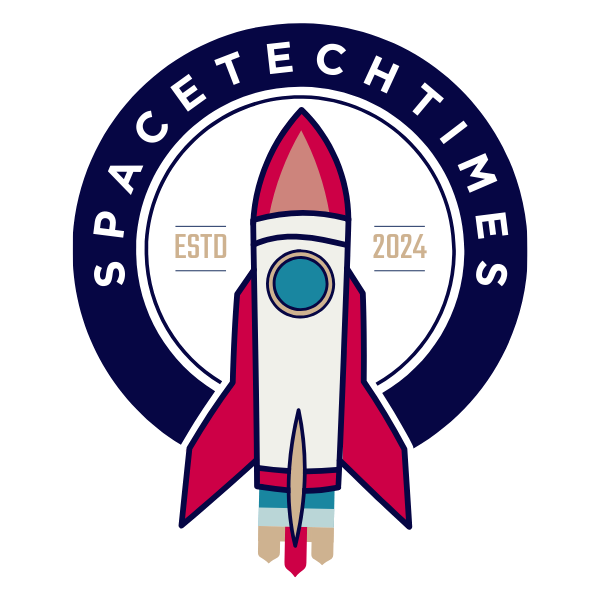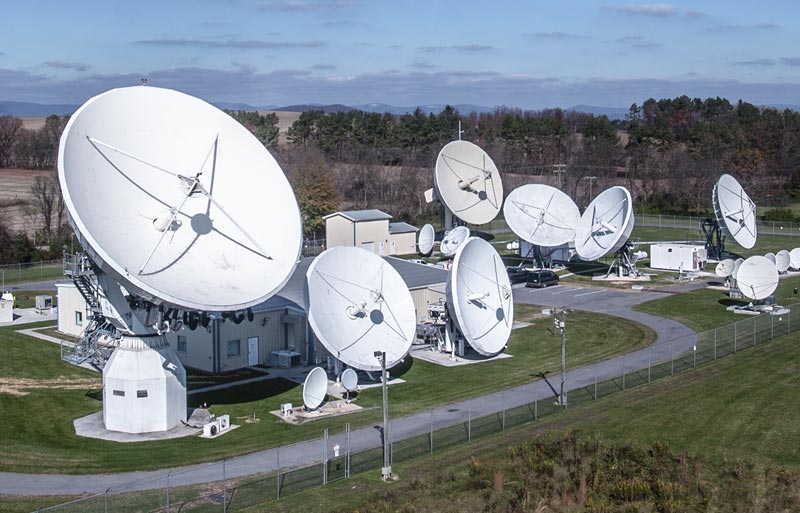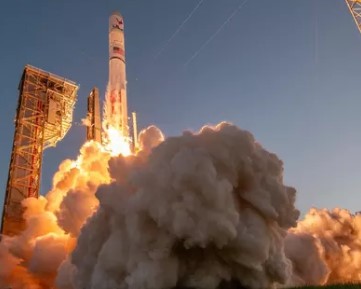Rising Geopolitical Interest in Telesat’s Lightspeed
Telesat, a major Canadian satellite company, is seeing increased interest in its low Earth orbit (LEO) satellite project, Lightspeed. This shift is happening as countries around the world focus more on defense and secure communication networks. Telesat’s CEO, Dan Goldberg, said that demand for Lightspeed is becoming more urgent, especially from governments looking for reliable and independent satellite networks.
The company has already secured a revenue backlog of 600 million Canadian dollars for Lightspeed. Most of this funding comes from Canada’s federal government, which committed in 2020 to use Lightspeed for broadband services in rural areas. However, Goldberg expects that future commitments will exceed 1.1 billion Canadian dollars, surpassing what the company has earned from its traditional geostationary orbit (GEO) satellite business.
The Canadian government has taken a keen interest in Telesat’s LEO project as part of its efforts to boost national security and connectivity. Lightspeed’s ability to enhance communication in the Arctic has made it especially important. The Canadian Armed Forces’ Enhanced Satellite Communication Project (ESCAPE) is considering Lightspeed for military communication in the Arctic. The system could be used to connect bases, icebreaker ships, fighter jets, and drones, strengthening Canada’s presence in the region.
MDA, a Canadian space technology company, is building 198 satellites for Lightspeed. These satellites will be launched by SpaceX, the company behind Starlink, in 14 launches starting in mid-2026.
Starlink’s Competition Pressures Telesat’s GEO Business
While Telesat is expanding its Lightspeed project, its traditional GEO satellite business is facing serious challenges. Starlink, owned by SpaceX, has become a strong competitor, particularly in providing internet to ships and aircraft. Many customers who previously relied on Telesat’s GEO satellites are now switching to Starlink’s LEO network, which offers faster internet and lower costs.
Telesat’s GEO business is also suffering from the decline of satellite television. More people are switching to online streaming services, reducing demand for satellite TV. This has led to fewer contracts and lower revenues for the company. Telesat reported total revenue of 571 million Canadian dollars in 2024, a 20% decline from the previous year. Its earnings before interest, taxes, depreciation, and amortization (EBITDA) also fell by 29% to 384 million Canadian dollars.
Goldberg stated that the company expects even more revenue losses in 2025. Telesat predicts a drop of about 155 million Canadian dollars, with half of this coming from satellite TV and the rest from declining enterprise and consulting revenues. Around 20% of this loss is due to Starlink’s increasing competition in the maritime and aviation markets.
Telesat has not ordered a new GEO satellite in the past nine years. Goldberg explained that the company has not found a strong business case to justify such an investment. Instead, the company is shifting some of its older satellites into an inclined orbit to extend their operational life. Despite the challenges, there may still be future opportunities for GEO satellites, as seen with European satellite operator Eutelsat, which is also reconsidering its fleet strategy.
Canada’s Political and Financial Backing for Lightspeed
The growing interest in Lightspeed is happening at a time when Canada is focusing on its sovereignty and security. With national elections approaching, political parties are emphasizing the need for stronger defense and domestic industry support. Canada’s relationship with the U.S. has also been a topic of debate, especially after U.S. President Donald Trump suggested that Canada could become the 51st state. This has added pressure on Canada to invest in its own secure communication networks.
To support Lightspeed, Telesat has received major financial backing from the Canadian and Quebec governments. A total of 2.54 billion Canadian dollars has been secured, covering more than half of Lightspeed’s 3.5 billion Canadian dollar budget. In 2024, Telesat spent over 1 billion Canadian dollars on Lightspeed’s production, and it expects to spend another 900 million to 1.1 billion Canadian dollars in 2025.
As global defense priorities continue to rise, Telesat’s shift from GEO to LEO satellites is gaining strong government support. While the company faces competition from Starlink, Lightspeed’s role in providing secure and independent satellite communications is attracting increasing attention from government and military customers.




